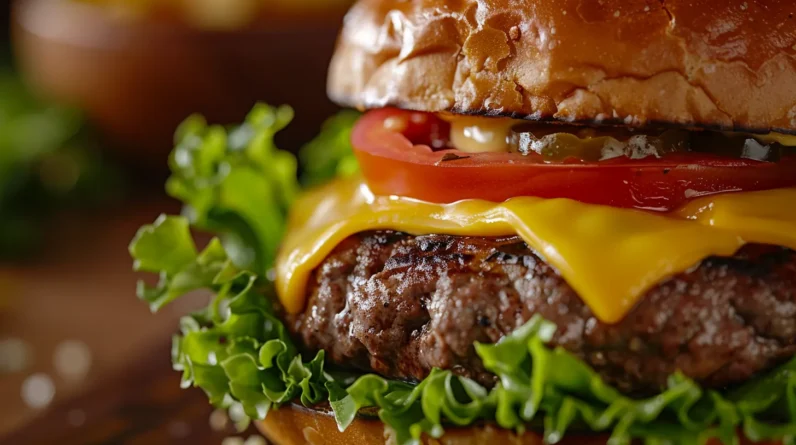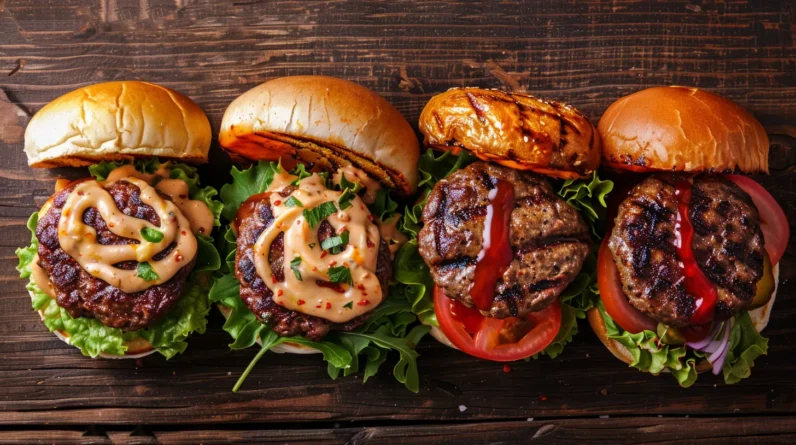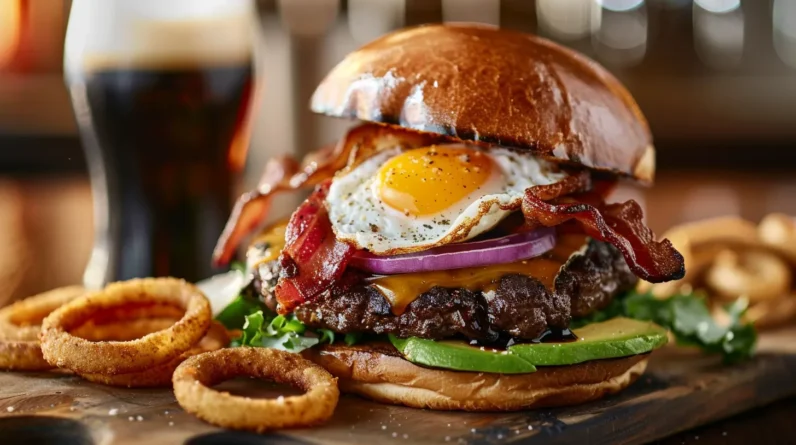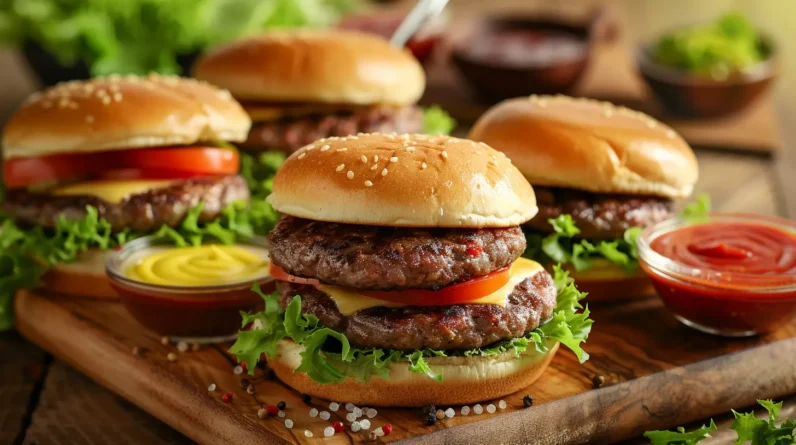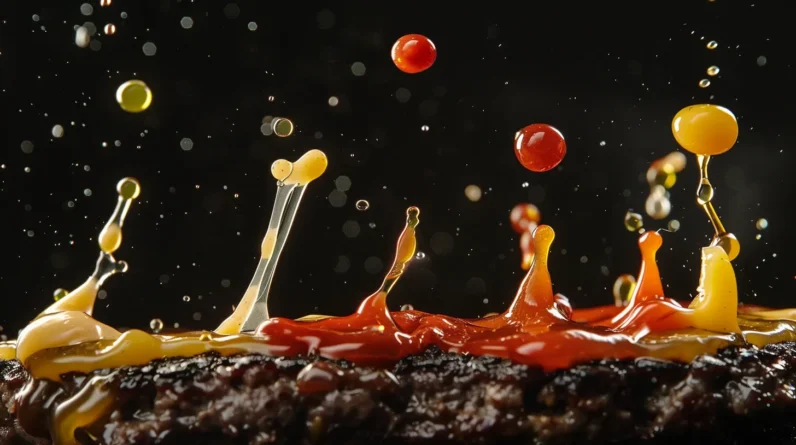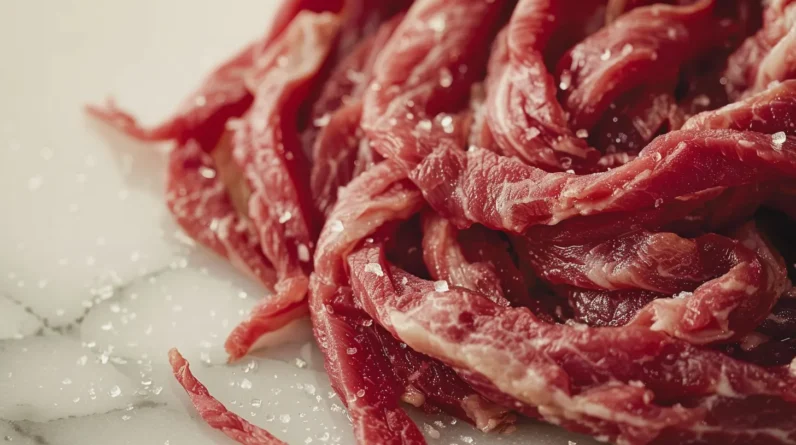
Meat grinding techniques fundamentally alter protein fiber structures and fat distribution, which directly affects how our burgers turn out. When we grind meat, we’re manipulating myofibril alignment and particle binding, while temperature control prevents fat smearing and protein denaturation. The choice between single and double grinding impacts moisture retention and cooking consistency, as does our equipment selection and grinding direction. Understanding these technical elements reveals the path to creating the perfect burger texture.
The Science Behind Protein Fiber Alignment in Ground Meat
When meat is ground, its protein fibers undergo considerable structural changes that directly impact the final texture and bite of a burger. The alignment of myofibrils, which are the long protein strands within muscle tissue, determines how the meat particles will bind together. We’ll find that grinding creates new surfaces where these proteins can form cross-links.
The direction of grinding matters considerably. When we grind parallel to the grain, we’re preserving longer protein strands that create a more cohesive patty. Grinding perpendicular to the grain results in shorter fibers, leading to a more tender but potentially crumblier texture.
Temperature Control: A Critical Factor for Optimal Grinding
Temperature stands as the single most critical variable in achieving ideal ground meat texture, with both the meat and grinding equipment requiring careful thermal management. We’ll maintain our meat at 32-34°F (0-1°C) and chill our grinding equipment to similar temperatures. This prevents fat smearing and protein degradation during the grinding process.
When meat exceeds 40°F (4°C), fat begins to soften and smear, while proteins denature and lose their binding capabilities. We can achieve peak temperature control by placing our cutting blade, grinding plate, and meat chunks in the freezer for 30 minutes before grinding, ensuring clean particle definition and superior texture.
Single Vs Double Grinding: Effects on Fat Distribution
While both single and double grinding methods can produce serviceable burger meat, their effects on fat distribution differ considerably. Single grinding results in a coarser texture with less uniform fat dispersion, creating pockets of fat that can enhance juiciness but may lead to uneven cooking. Double grinding, however, breaks down fat particles further and distributes them more evenly throughout the meat matrix. We’ve found that this creates a more cohesive patty with consistent moisture retention. For ideal results with double grinding, we’ll want to chill the meat between grinds to prevent fat smearing.
Equipment Matters: How Grinder Types Shape Burger Texture
How considerably can grinder selection impact your burger’s final texture? We’ve found that manual grinders, though affordable, often produce inconsistent results due to their fixed blade configurations and limited power. Electric grinders with multiple speed settings offer superior control, while professional-grade models equipped with spiral-feed augers guarantee ideal meat flow and minimal heating.
The plate hole diameter proves essential: 3/16-inch plates yield finer grinds ideal for smashed burgers, while 1/4-inch plates create coarser textures perfect for thick patties. Carbon steel plates outperform stainless steel in maintaining sharpness, directly affecting the meat’s structural integrity during grinding.
Conclusion
Through our examination of meat grinding techniques, we’ve demonstrated how protein fiber manipulation, precise temperature control, and strategic grinding methods work in concert like an orchestrated dance to create the ideal burger. We’ve established that equipment selection and grinding frequency directly influence fat distribution and protein alignment – critical factors that determine whether our burgers achieve that desired balance of texture and juiciness that defines excellence.


